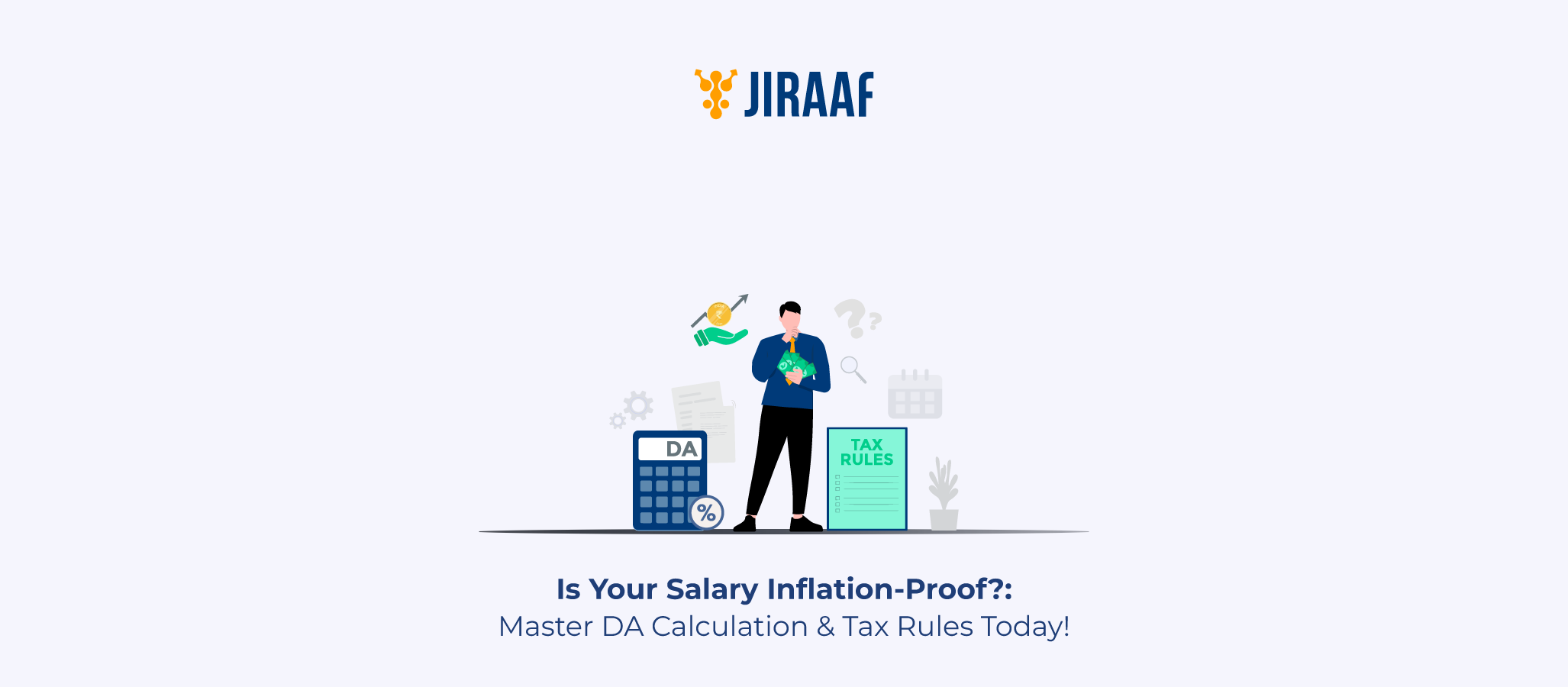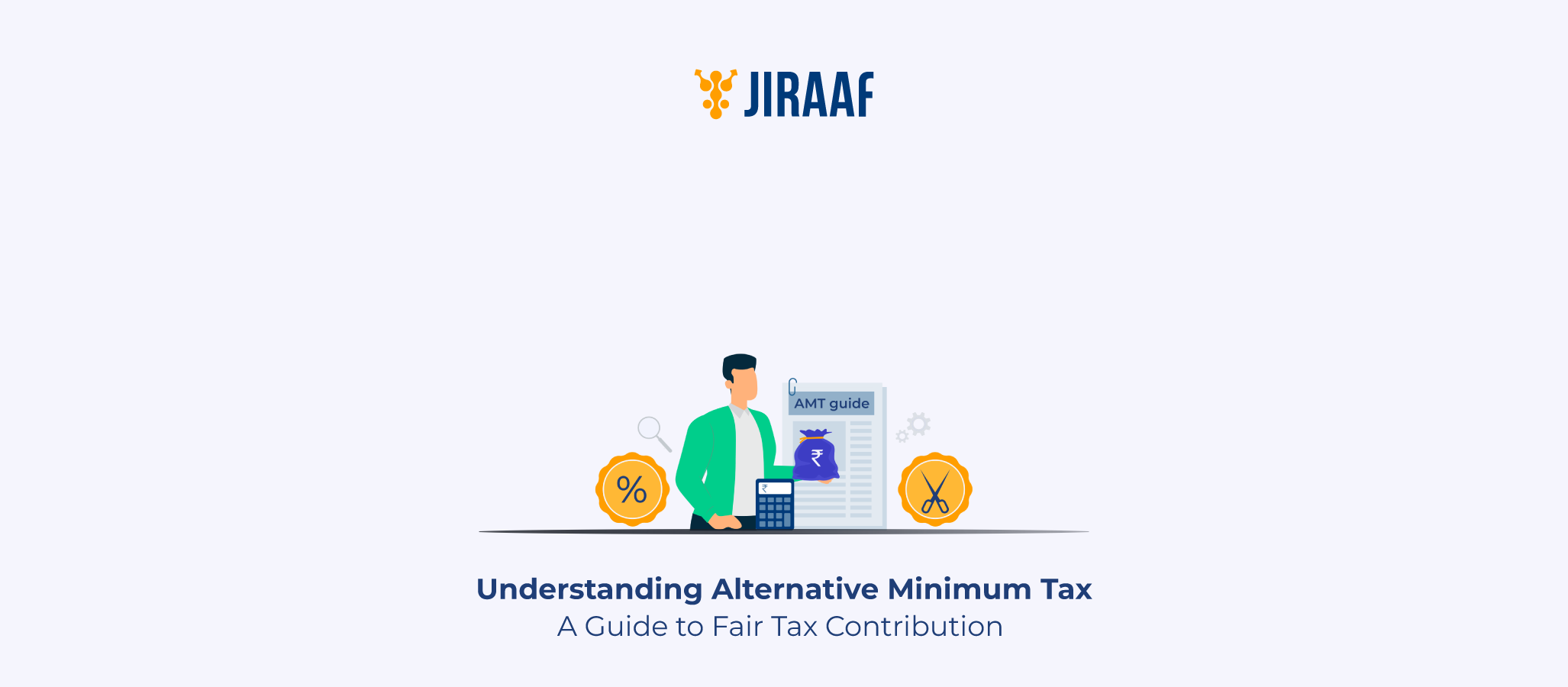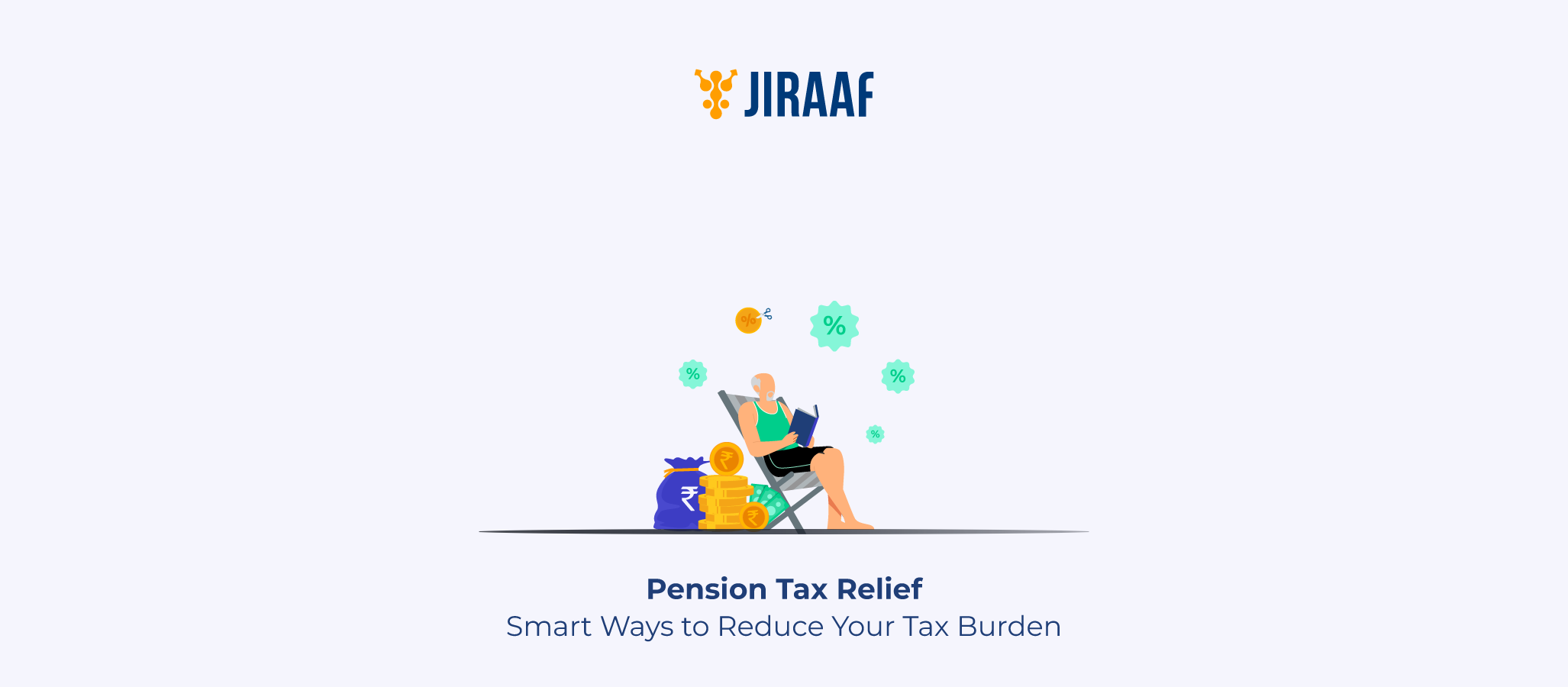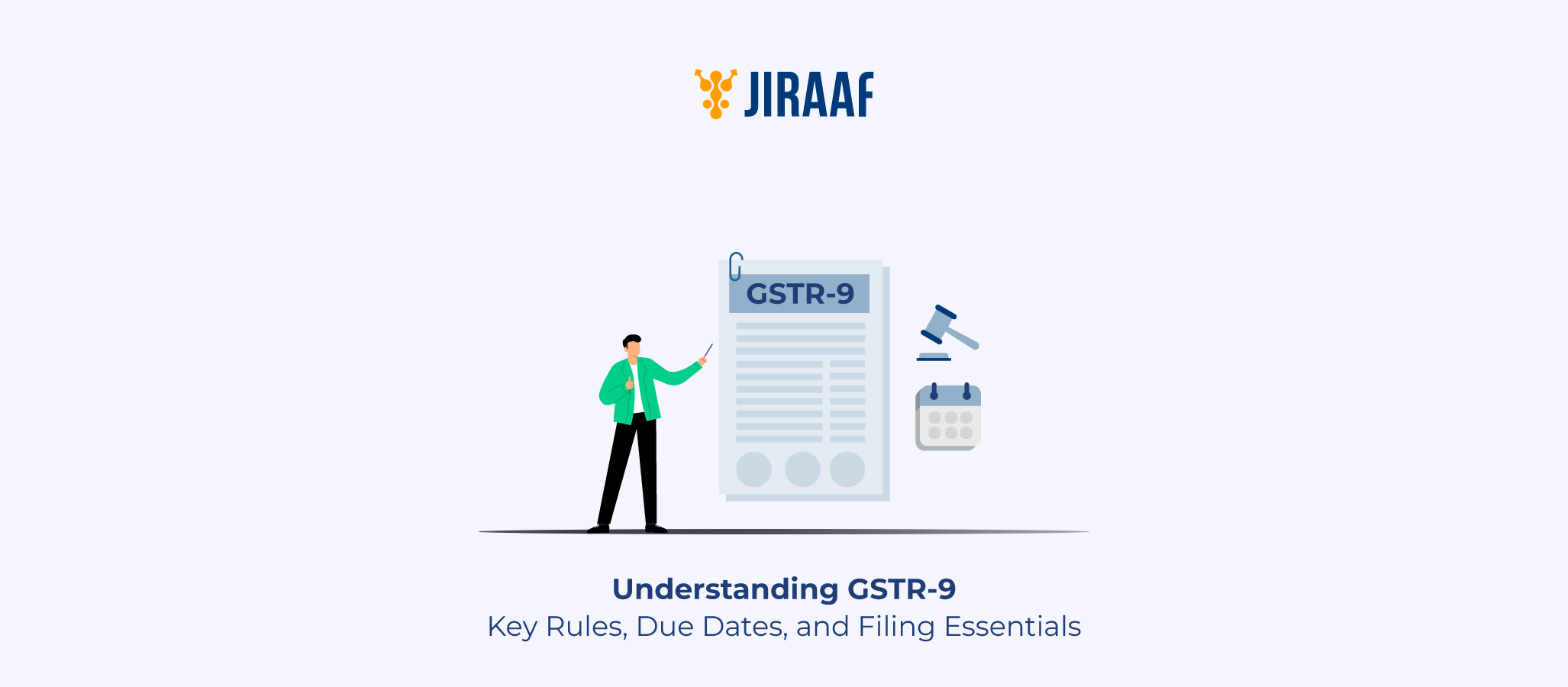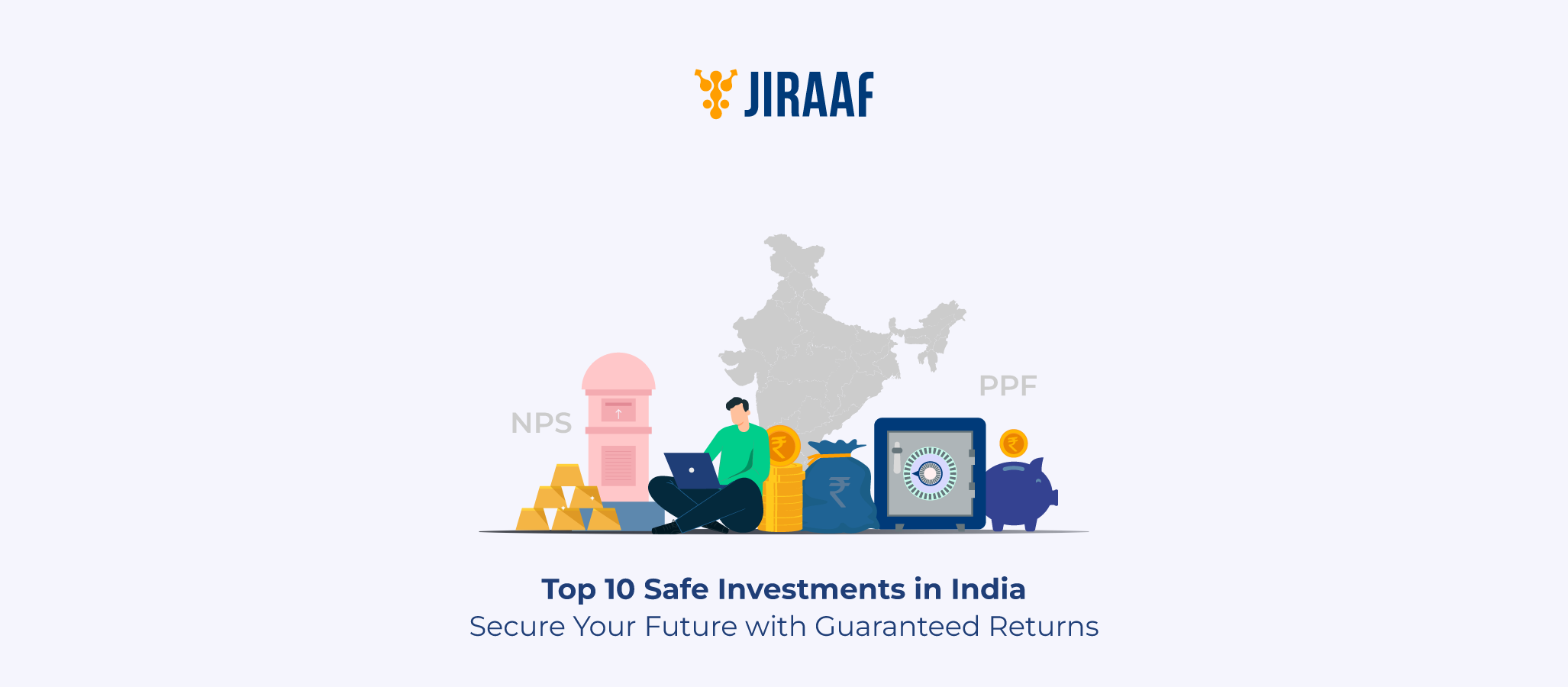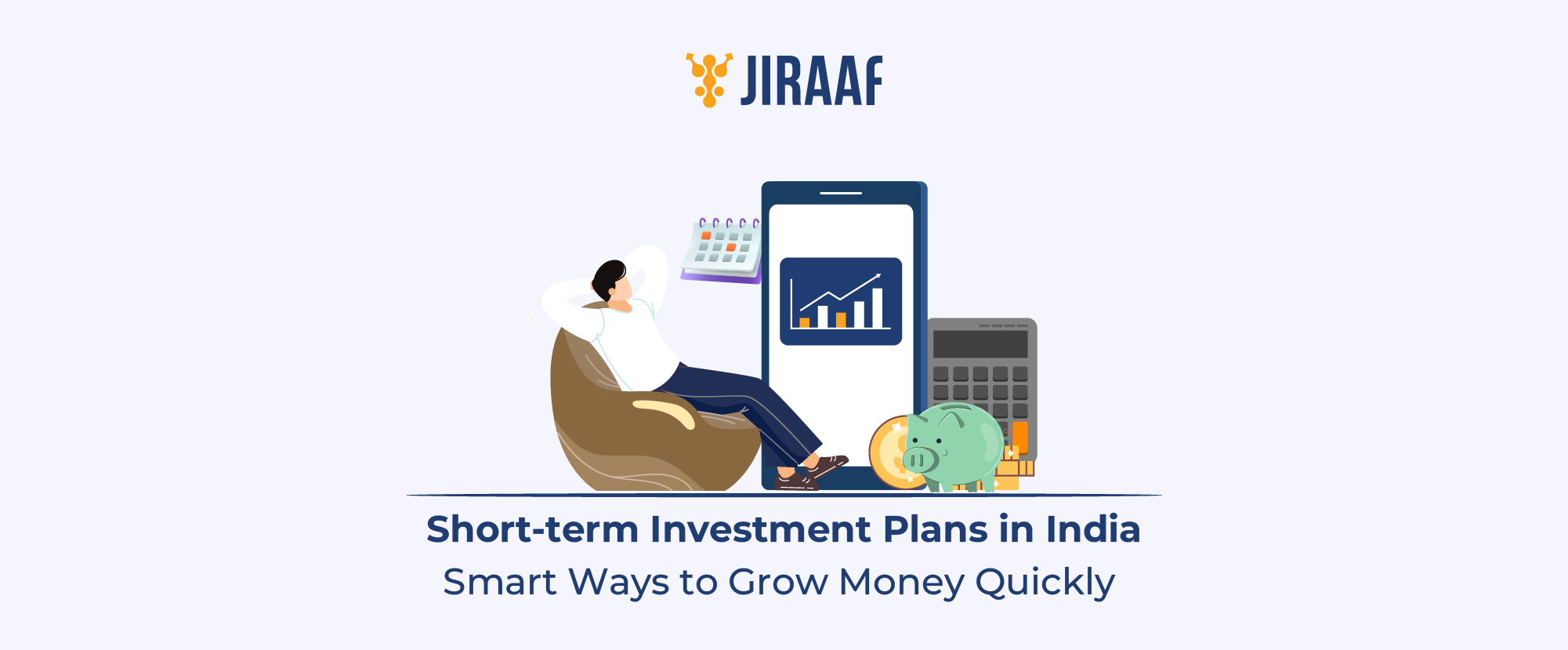You’ve probably heard of Dearness Allowance (DA) if you work for the government or even in the private sector. However, what is DA, and how does it impact your pay?
Employees receive DA, a cost-of-living adjustment, to compensate for inflation. It ensures that your income maintains its purchasing power by keeping pace with rising costs. We will go over the following in this guide: what DA is and why it is paid, types of DA in India, how DA is computed (using a formula and example), DA for employees of the central versus state governments, current DA rise revisions (2025), and the DA tax regulations.
What is Dearness Allowance (DA)?
We all know that a salary has various components (pick your CTC and you’ll see what we’re talking about), such as basic, HRA, DA, medical allowance, conveyance allowance, gratuity, etc., which collectively make up your total CTC. These components are provided for your convenience, each serving a specific purpose (e.g., HRA claims during ITR).
Dearness allowance is one such component that helps you protect your purchasing power from inflation. It is primarily provided to central and state government workers and is a percentage of the basic pay.
It is based on the All-India Consumer Price Index for Industrial Workers (AICPI-IW, base year 2016=100, effective from October 2020).
For instance, if we assume that your base pay is ₹50,000 and your DA is 50%, you will get an additional ₹25,000 as dearness allowance.
Why is Dearness Allowance Paid?
The purpose of DA is to shield you against inflation. Your pay would gradually lose actual value without it.
DA is necessary for the following reasons:
- Preserves buying power as the cost of necessities rises.
- Adjusts for price increases in housing, food, and fuel.
- Standardized across government jobs (7th Pay Commission guidelines).
- Some private sector companies give a similar cost-of-living allowance (but it is not mandatory).
Your financial stability would be compromised if your salaries didn’t keep up with living expenses in the absence of DA.
Types of Dearness Allowance
Your Dearness Allowance (DA) is figured out using three types—Industrial DA (IDA), Variable DA (VDA), and sometimes Fixed DA (FDA)—each tweaking your salary to match inflation, depending on your job. This keeps your pay in line with rising costs.
- Industrial Dearness Allowance (IDA): Workers in public sector organizations are eligible for the IDA, which is updated quarterly in line with the CPI-IW.
- Variable Dearness Allowance (VDA): This applies to central government employees and certain workers under the Minimum Wage Act and is updated every six months based on three components: the base index (fixed for a specified period), CPI fluctuations, and the Government-Fixed VDA rate.
- Fixed Dearness Allowance: This type of DA is rare today and is typically used in long-term contracts.
How is DA Calculated?
DA calculation follows a strict method decided by the government. Let’s understand this in detail with the help of the formula and an example.
Step 1: Gather CPI Information
Employees of the Central Government are calculated using the 12-month average of the CPI-IW (base 2016 = 100).
It is based on the CPI-IW 3-month moving average for PSU employees (IDA).
Step 2: Use the 7th Pay Commission Reference Base
As of July 2016, the reference index is 261.4.
Step 3: Apply the Central Government Employee Formula (7th CPC onwards)
(Average CPI−261.4)×100 = DA%
Step 4: Work Through the Example
If the CPI-IW for the past 12 months is 392: DA = 261.4(392−261.4)×100 = 50%
Therefore, your DA would be ₹25,000 if your base pay were ₹50,000.
Step 5: Regularity of Edits
The frequency is changed every three months for PSU employees (IDA), but it remains at six months for central staff (January and July).
This ensures that employee pay remains fair and closely aligns with inflation.
DA for Central Government vs State Government Employees
| Characteristic | Central Government Employees | State Government Employees |
| DA Rate | Revised every 6 months (Jan and July). | Varies by state. |
| Current DA (2025) | 50% effective Jan 2025; July hike expected 53-54% (pending Cabinet approval, Aug 2025) | 38-45% (depends on state). |
| Calculation | 7th CPC formula (CPI-IW, base 2016=100, 261.4 index) | Often follows Centre, but not always*. |
* While some states (such as Maharashtra and Uttar Pradesh) update their DA in tandem with central hikes, others do not.
Is Dearness Allowance Taxable in India?
If you are a salaried worker, the dearness allowance is entirely taxable. The provision of unfurnished, rent-free accommodation to you constitutes the portion of your income that, if all other requirements are satisfied, makes up your retirement benefit wage. According to Indian income tax regulations, the dearness allowance component must be stated separately in the filed forms.
Even if your DA is combined with your pension, it is still completely taxed if you are retired. Therefore, until the government announces a special relief, all DA is taxed.
Current DA Hike Updates & Changes
- January 2025: For Central personnel and pensioners, DA went up by 4% to 50% overall.
- July 2025: A 3–4% increase is anticipated; the Cabinet is expected to decide in August 2025.
Achieving 50% DA is essential since, in accordance with 7th Pay Commission criteria, several benefits (including TA and HRA) tend to be increased.
Conclusion
Dearness Allowance is more than just a line item on your payslip—it’s a vital tool that helps your salary keep pace with inflation, preserving its real value over time. For government employees in India, DA is adjusted twice a year, in January and July, based on the Consumer Price Index to reflect rising living costs. This ensures your income stays relevant even as prices climb.
Knowing how Dearness Allowance operates might help you negotiate for a salary that keeps up with inflation, even if you work in the private sector and do not receive it. Although it is taxed like ordinary income, DA serves as a vital lifeline for government workers, increasing their salaries to keep pace with the rising cost of living.
To be informed about your entitlement or benchmark fair pay, follow the DA updates in January and July of each year. Being knowledgeable maintains your pay in line with India’s economy, whether you’re a private sector employee negotiating a raise or a government employee depending on DA. Manage your finances and ensure your pay is in line with today’s cost of living.
